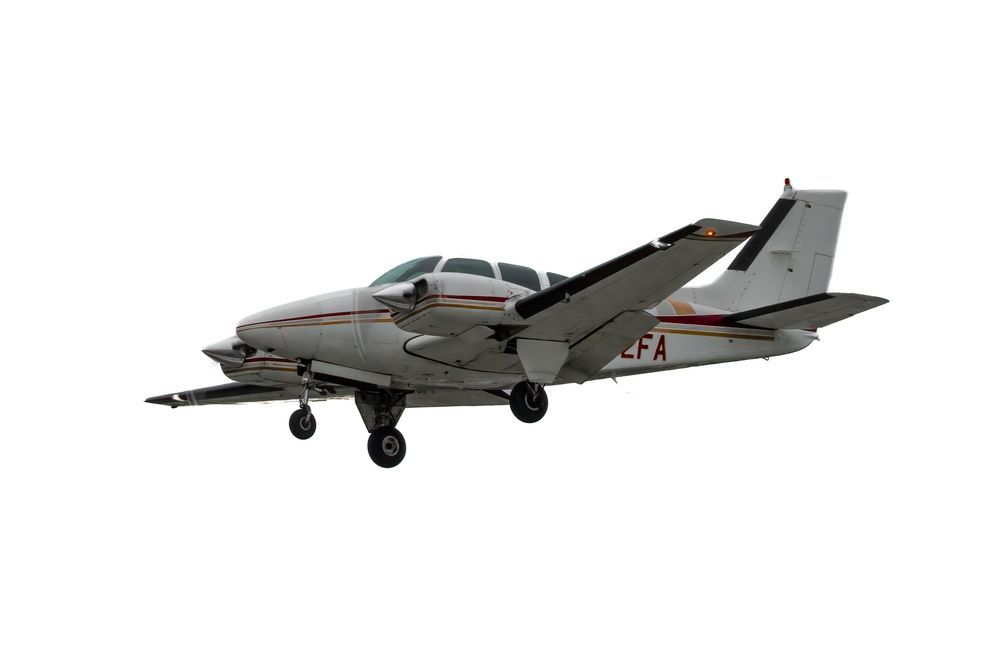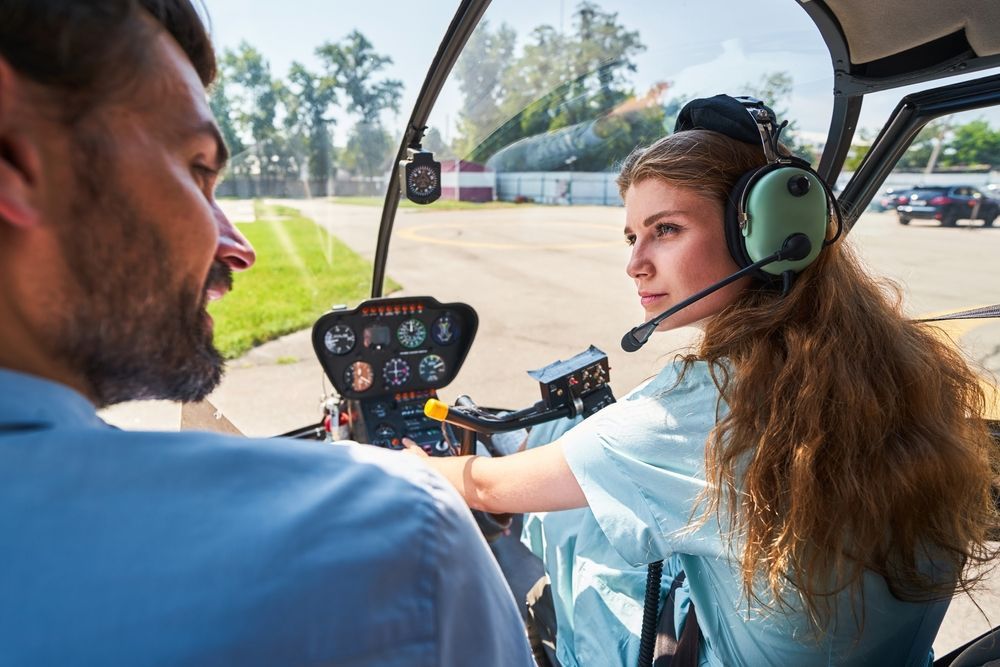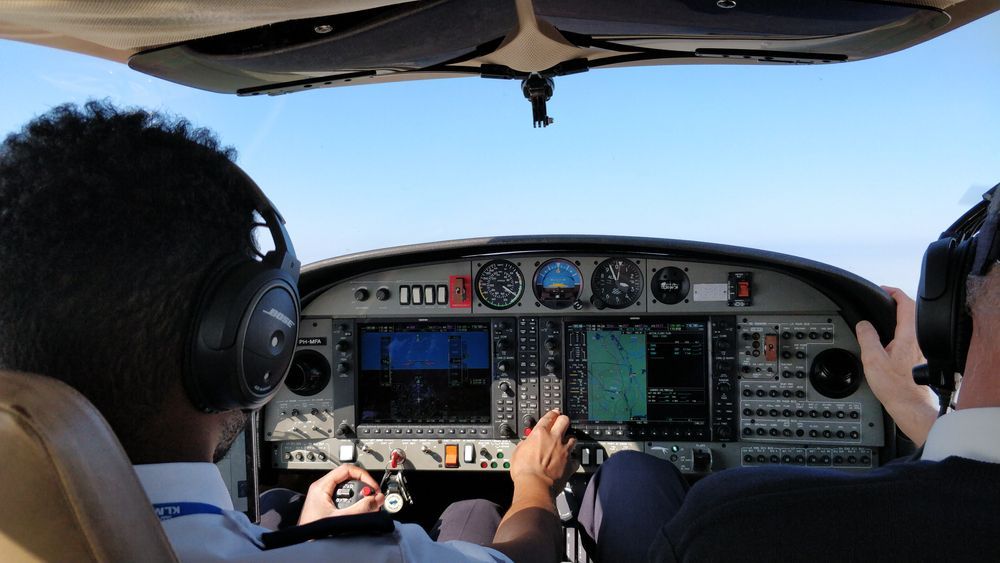Future Pilot Shortage: What it Means for Aviation Schools
Share this article:
In 2019, Boeing forecasted that 212,000 pilots will be needed in America alone in the next twenty years. They included pilots flying commercial and business aircraft, as well as civil helicopters. The looming pilot shortage is a huge problem facing the airline industry.
As air travel maintains its place as a favored form of travel—both international and domestic—keeping enough pilots in the workforce is important not just to airlines but to passengers as well. Understanding the causes and effects of the pilot shortage is helpful to equip aviation schools for the incoming classes.
Pilot Shortage: What is Causing it?
Retirement
The main contributor to the pilot shortage is retirement. Pilots have a federally mandated retirement age of 65, and not enough new pilots are credentialed to take the place of the retiring pilots. Airlines are losing more pilots each year than they are hiring—not even enough to maintain the current number of pilots on staff at an average airline, let alone go over it. This is an especially concerning issue for regional airlines, which already have to compete with their global counterparts. Because they are smaller, budgeting is a bigger issue and their salaries may not be as competitive as global airlines can offer, making it even harder to replace their retiring pilots or the pilots who leave for better jobs at bigger airlines.
Expanding Fleets
Another contributing factor is expanding fleets. As air travel continues to be the fastest form of travel available, airplane tickets are in high demand. In order to expand profits, many commercial airlines are looking to expand the size of their fleet to offer more flights for customers. As airlines work to bring in new planes to meet the higher demand for air travel, they also need to bring in new pilots.
Disinterest in STEM
A third problem helping create the pilot shortage is lack of interest in STEM for school-aged children and teenagers. Piloting is a STEM-heavy field—you need a working knowledge of various equations, engineering, weather, basic physics, and the technology used in the cockpit. One potential solution to this aspect of the problem is more positive STEM based experiences for kids, such as summer camps or AOPA’s STEM flight curriculum for high schools.
Instructor Shortage
Another issue creating the pilot shortage is lack of instructors. Because the cost of becoming a commercial pilot is high—due largely to the required 1,500 hours of flight time which the potential pilot has to pay for—many pilots choose to become a flight instructor first. This is great, but these instructors don’t stick around very long. By being a flight instructor, pilots are able to get their required hours in faster while being paid to do it. They generally leave as soon as they have enough hours to apply for commercial pilots’ jobs, leaving schools understaffed and scrambling to maintain enough instructors.
Current Tuition Rates
A final contributor to the pilot shortage is the cost of becoming a pilot. Tuition to aviation programs runs upwards of $40,000. But this isn’t the only cost. Some programs have required books or classroom materials—we’ll budget around $6,000 for these. On top of this, the cost of getting in-air flying experience varies from location to location but will never be lower than $100, and the FAA requires 1,500 for commercial pilots’ licenses. So, potential pilots are looking at spending at least $190,000 for a commercial pilot’s license. This may not seem too bad, given the rising hiring rates for pilots, but most commercial pilots get a starting salary of only $20,000 per year—although this may go up as the demand for pilots is so high. This leaves the potential pilots without a lot of savings or family help essentially locked out of the program.
How Does the Pilot Shortage Affect Aviation Schools?
Post-Graduation Job Security
In response to the pilot shortage, aviation schools can expect more applicants each year. The growing need for pilots makes it a more stable job field, which is attractive to young people looking to enter the workforce. However, because of the prohibitive costs, aviation schools need to find a way to work with prospective students to make it financially feasible.
Flexible Tuition
In order to capitalize on the pilot shortage, aviation schools need to make sure that their prices stay competitive. Prospective incoming students are likely also looking at more traditional four-year degrees, and finances are a huge deciding factor. If aviation schools are able to find a balance between lowering costs or offering more scholarships and still making a profit, they will be able to seize this opportunity for growth.
Increase Acceptance Rate
Because of the increased need for pilots and following interested in aviation school, schools will be able to be more select about the students admitted. Increased applications will allow aviation schools to choose the best and brightest candidates, which will boost schools’ grade and test statistics. Higher statistics, in turn, impress potential students and airlines alike, creating a circular system which benefits aviation schools.
Airline Partnerships
Another good move for aviation schools is partnering with airlines. While this is not always possible, especially for newer or smaller schools, it gives students better connections and sometimes guaranteed hires after completion of the program. This will also draw new students to your school, as higher job placement rates are always attractive to prospective students.
J. A. Air Center
The pilot shortage is becoming a bigger and bigger issue as time goes on. While the causes are varied, the result is not: piloting is a field in desperate need of new experts. If you are interested in becoming a pilot, we have two fantastic options. You can get a bachelor’s degree in aviation from Liberty University through our airport in the Chicagoland area—this program runs year round and a full time student can complete it in as little as 2.5 years.
Our other program is a Career Pilot Program , which offers students guaranteed internships and interviews upon graduation with Southwest Airlines. If you have any questions about our piloting programs, please don’t hesitate to contact us. We look forward to working with you.
Connect with Us:



